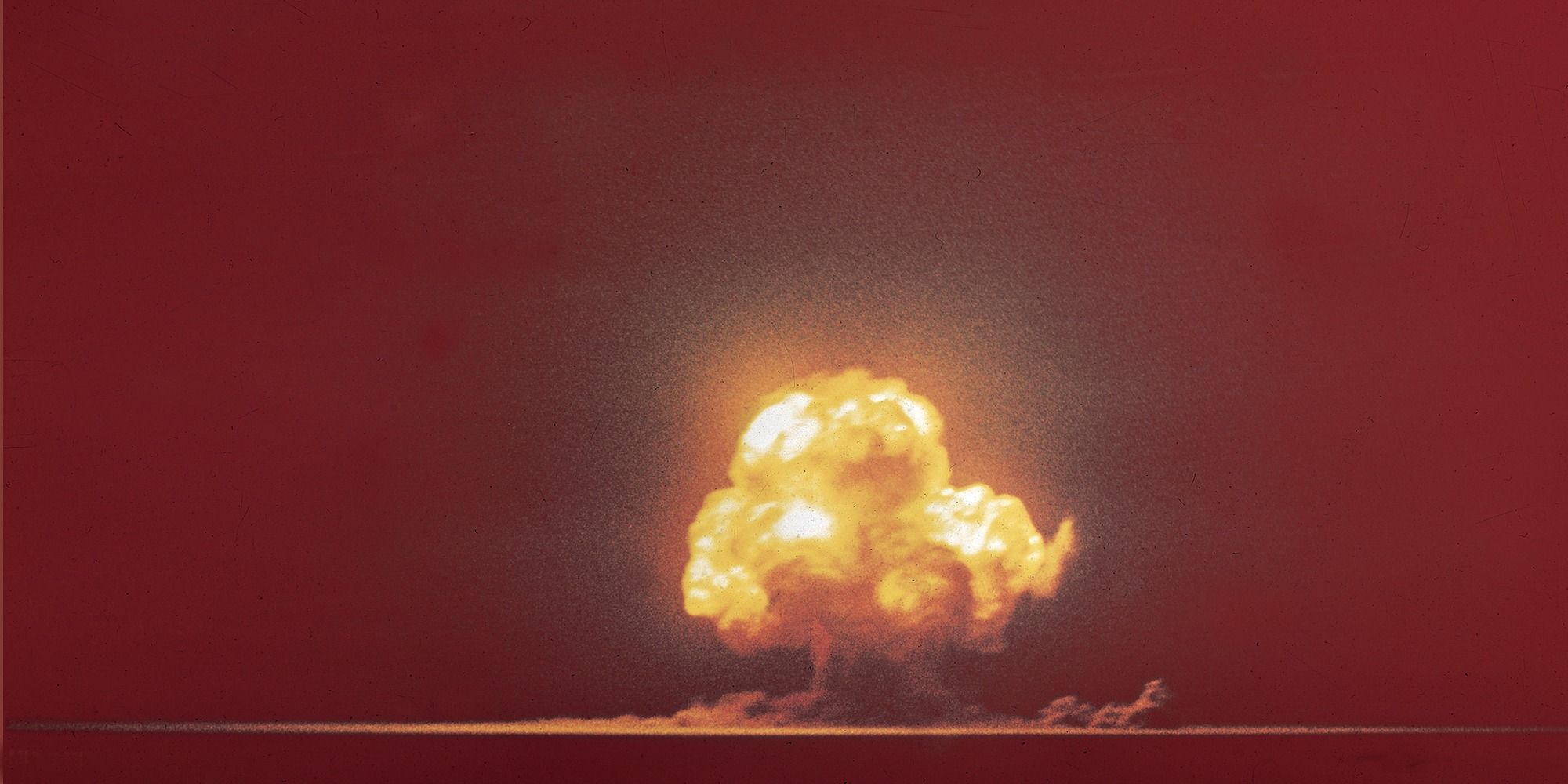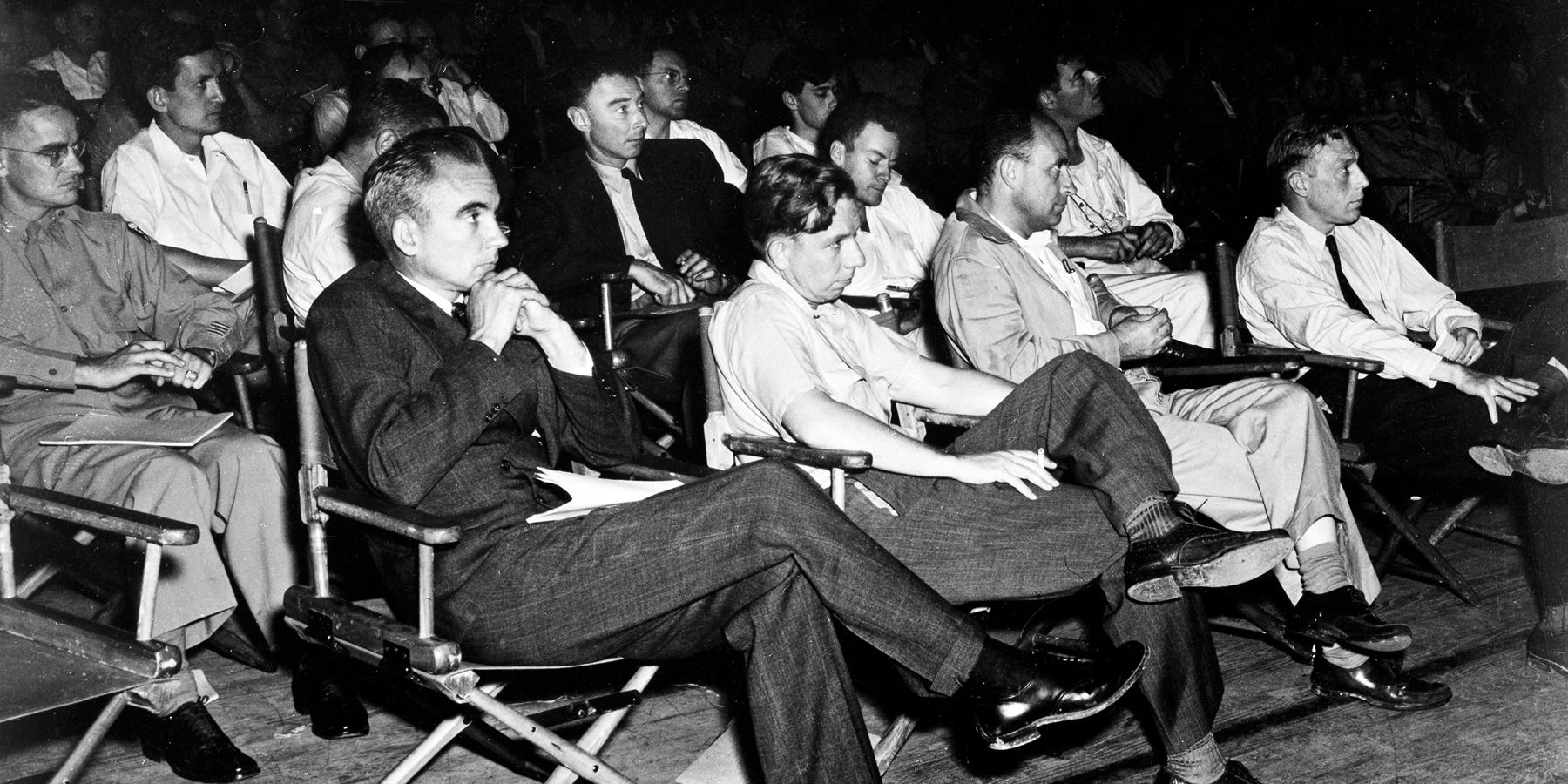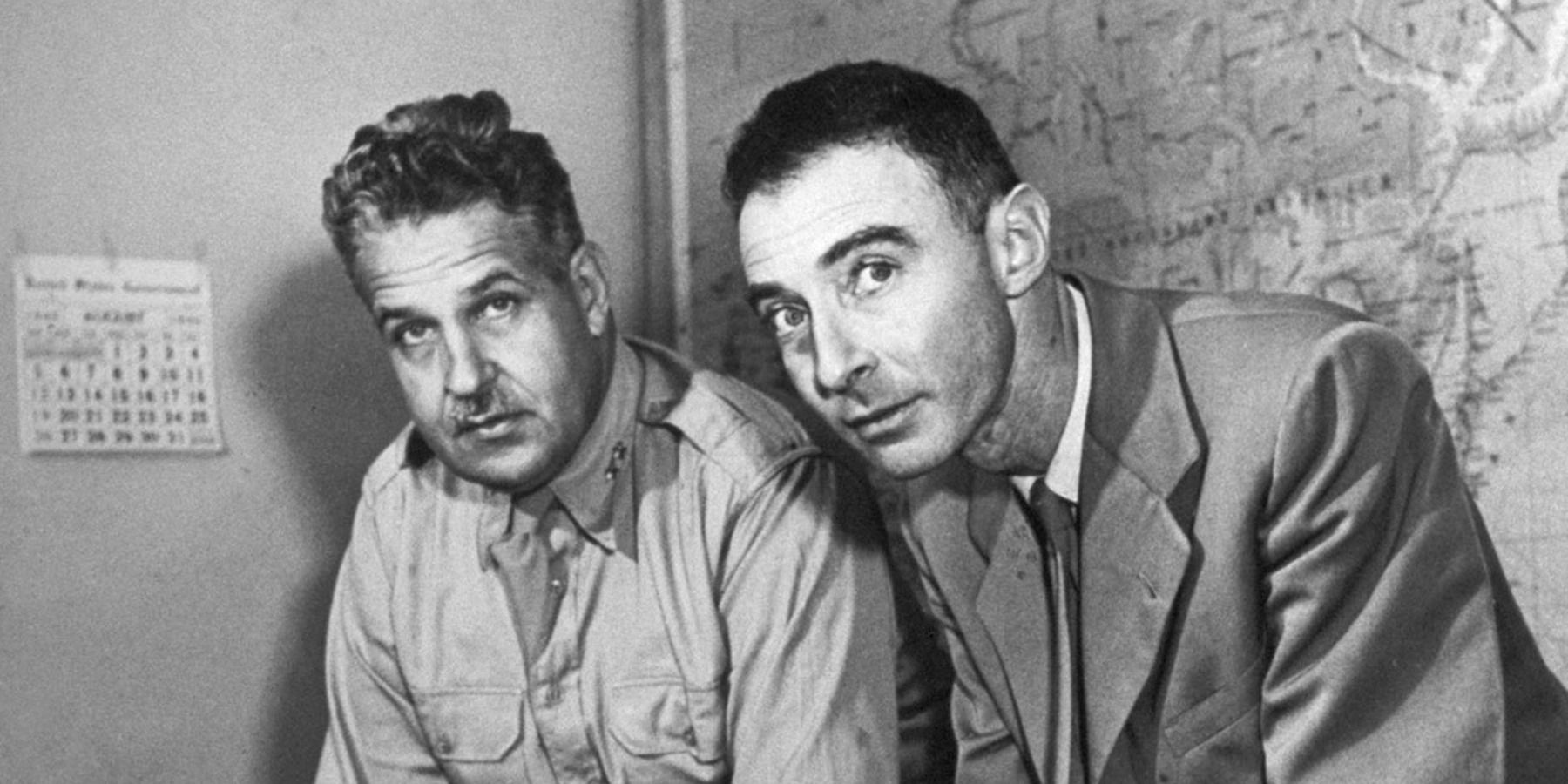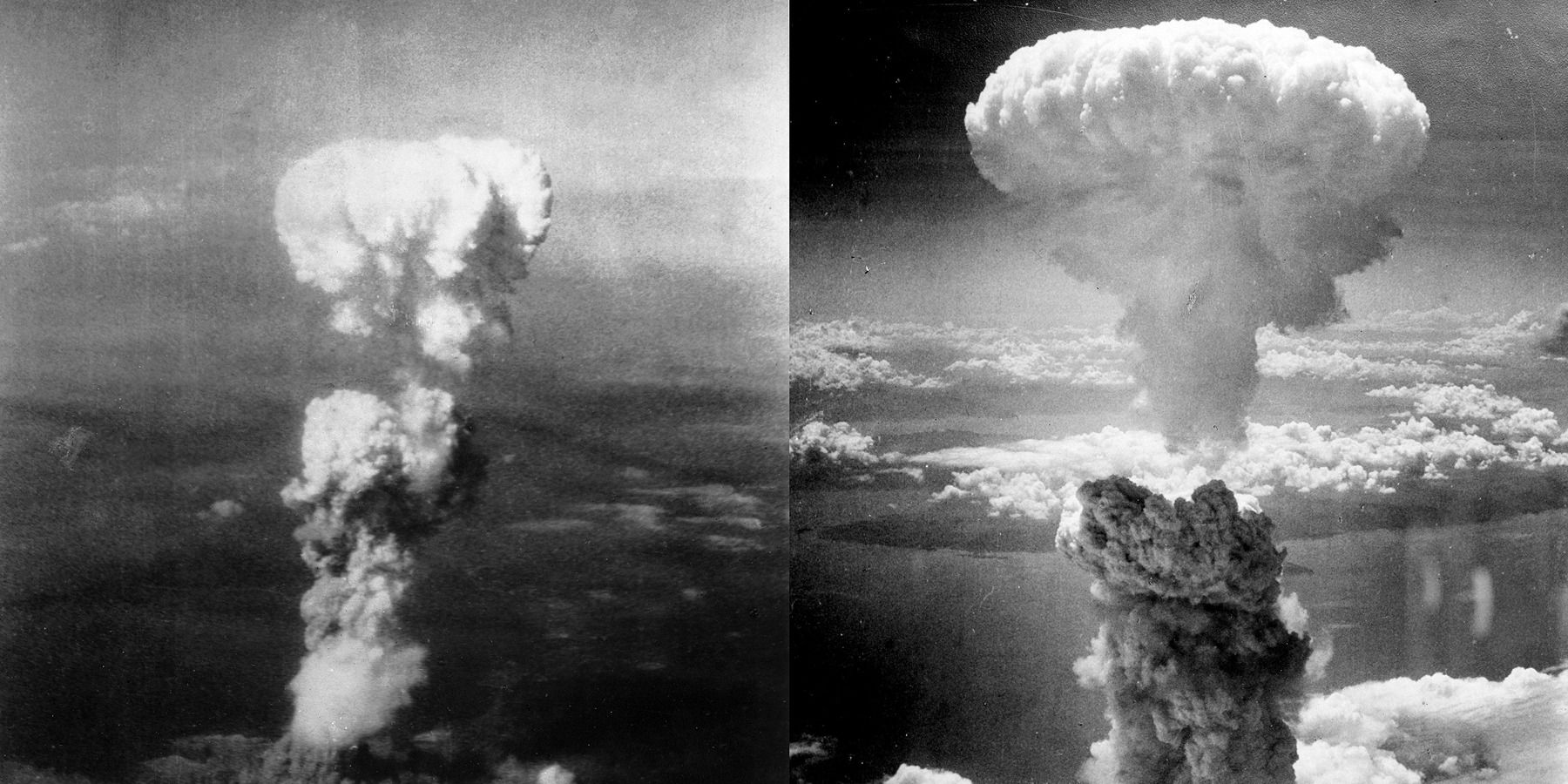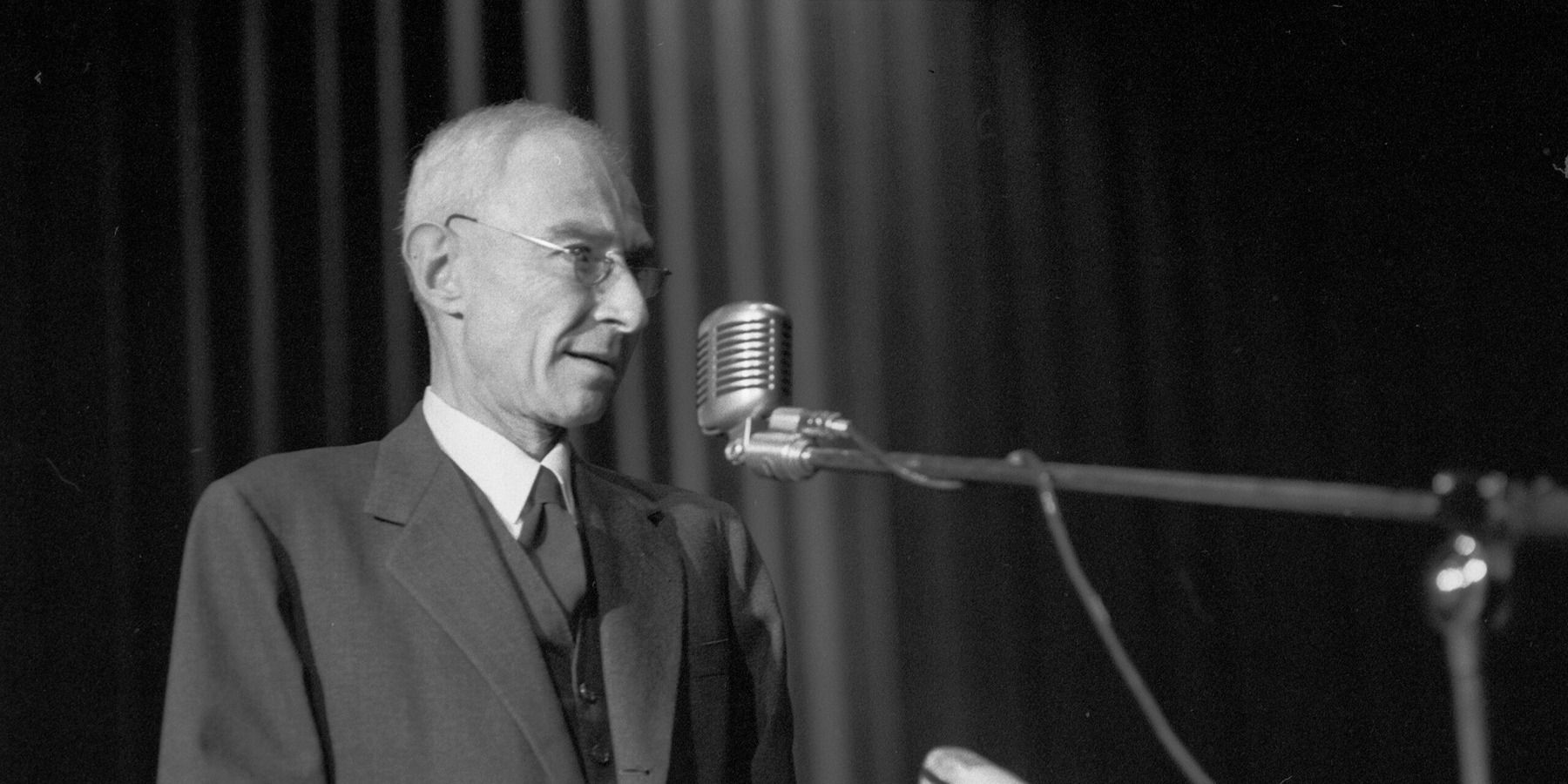With the highly anticipated premiere of Christopher Nolan's Oppenheimer on the horizon, dedicated fans of the acclaimed director eagerly speculate about the elements that will be woven into this cinematic masterpiece. One such element, deeply intertwined with mankind's past, is the monumental undertaking known as the Manhattan Project.
In the aftermath of the devastating attack on Pearl Harbor on December 7, 1941, the United States found itself abruptly thrust into the treacherous depths of World War II. With the menacing specter of Nazi Germany's strides in atomic research looming ominously on the horizon, a clandestine initiative emerged from the realm of secrecy and shadows: the Manhattan Project. This initiative would forever reshape the course of human history.
Origins and Background of the Manhattan Project
Born out of the tumultuous landscape of World War II, the Manhattan Project emerged as a response to the urgent need for the United States to gain a competitive edge over Nazi Germany. The prospect of a prolonged and devastating conflict fueled a sense of urgency, driving the nation to embark on a perilous journey to unlock the mysteries of atomic energy.
Curiously, the project acquired its name not from its ultimate destination or purpose, but rather from its place of conception. In 1939, President Franklin D. Roosevelt established a committee to explore the feasibility of developing atomic weapons. This committee, led by physicist Lyman Briggs, found its home in Manhattan, New York. Thus, the moniker "Manhattan Project" inadvertently came into being, forever cementing its place in the annals of history.
The project's early years were marked by immense challenges and a steep learning curve. The scientific community was still in the nascent stages of comprehending the intricacies of atomic energy, and the path ahead was shrouded in uncertainty. However, the pressing need for progress propelled the project forward as scientists and researchers tirelessly pursued the elusive breakthroughs required to harness the tremendous power concealed within the atom.
As the project gained momentum, it outgrew its humble origins in Manhattan and expanded its reach across the United States. Laboratories and facilities sprouted up in various locations, including Los Alamos, New Mexico, where the majority of the project's research and development would take place. The secluded nature of these facilities, concealed from prying eyes, mirrored the clandestine nature of the project itself.
The Manhattan Project was not without its ethical dilemmas and moral contemplations. The pursuit of atomic weaponry raised profound questions about the consequences of harnessing such immense power. The project's scientists were acutely aware of the potential for devastation that their discoveries held. Their deliberations and internal struggles reflected a keen sense of responsibility as they grappled with the implications of their work.
In July 1945, the fruits of the Manhattan Project's labor culminated in the successful test of the world's first atomic bomb, codenamed "Trinity," in the deserts of New Mexico. This momentous event marked a turning point in human history, forever altering our understanding of power and its potential consequences. The subsequent use of atomic bombs on the Japanese cities of Hiroshima and Nagasaki would bring World War II to a swift and devastating conclusion, but at an immense cost.
Oppenheimer's Fateful Role
At the heart of the Manhattan Project stood a man whose brilliance and enigmatic persona would come to define its legacy: J. Robert Oppenheimer. Revered as the "father of the atomic bomb," Oppenheimer played a pivotal role in assembling and leading the team of scientists tasked with the monumental challenge of turning theoretical concepts into tangible reality.
Oppenheimer's intellect was unparalleled, and his visionary leadership propelled the project forward. He possessed an innate ability to synthesize complex ideas and motivate those around him to push the boundaries of scientific understanding. Under his guidance, the collective efforts of the project's personnel coalesced into a force to be reckoned with.
Yet, as the project progressed, Oppenheimer found himself grappling with an inner turmoil that would shape the course of his life. The weight of the project's implications became increasingly apparent, and the moral and ethical quandaries surrounding the development of the atomic bomb cast a dark shadow over his conscience. It was a burden that would haunt him for the rest of his days.
The devastation unleashed upon Hiroshima and Nagasaki, where the bombs born under Oppenheimer's guidance had wrought unimaginable destruction, shook him to the core. The staggering loss of innocent lives and the unprecedented scale of destruction forced Oppenheimer to confront the true magnitude of his creation. He would forever bear the weight of his involvement in the Manhattan Project.
In the aftermath of the bombings, Oppenheimer found himself wrestling with the profound remorse that had consumed him. It was during this time that he uttered the infamous quote that would come to encapsulate his internal struggle: "Now I am become Death, the destroyer of worlds." Derived from Hindu scripture, these haunting words spoke volumes about the depths of Oppenheimer's anguish. They revealed a man burdened by the knowledge of the immense destructive power he had helped unleash upon the world.
Key Dates and Key People
The Manhattan Project spanned several years, with key events punctuating its timeline:
- 1939: President Roosevelt establishes the Advisory Committee on Uranium, which eventually evolves into the Manhattan Project.
- 1942: General Leslie Groves is appointed as the director of the project, overseeing its management and logistics.
- 1945: The first successful test of an atomic bomb takes place in New Mexico under Oppenheimer's supervision.
- August 6, 1945: The atomic bomb nicknamed "Little Boy" is dropped on Hiroshima, instantly killing an estimated 70,000 people.
- August 9, 1945: The atomic bomb dubbed "Fat Man" devastates Nagasaki, resulting in an estimated 40,000 casualties.
- September 2, 1945: Japan surrenders, effectively ending World War II.
The immediate legacy of the Manhattan Project was the conclusion of World War II, achieved through the unprecedented destruction wrought by atomic weapons. However, its long-term impact on the world cannot be overstated. The atomic age had begun, forever altering the geopolitical landscape and raising the specter of nuclear annihilation.
Oppenheimer's Life in the Shadow of the Atom's Power
Following the conclusion of World War II, Oppenheimer found himself embroiled in a different kind of struggle. The fervor of the McCarthy era and the fear of communism had infiltrated the nation, casting a dark cloud over Oppenheimer's reputation. His past affiliations with leftist groups and his vocal support for international control of atomic weapons made him a target of suspicion and scrutiny.
In a harsh turn of events, Oppenheimer's security clearance was revoked by the United States government. The accusations of communist sympathies and potential compromise of national security had taken a toll on his standing. This fall from grace added to Oppenheimer's personal anguish and deepened his sense of isolation.
The year 1954 marked a turning point in Oppenheimer's life as he faced a highly publicized security hearing. Accused of disloyalty, Oppenheimer was compelled to defend his allegiance to the United States. The trial, accompanied by testimony from colleagues, friends, and even his own wife, became a defining moment that would shape his future.
In the end, Oppenheimer achieved a bittersweet victory. While he was not found guilty of the charges leveled against him, his security clearance remained revoked, effectively excluding him from government service. The toll of the trial, combined with his profound remorse for his involvement in the creation of the atomic bomb, intensified Oppenheimer's sense of isolation and regret.
The saga of the Manhattan Project serves as a potent testament to humanity's insatiable curiosity and its capacity for both astonishing scientific achievements and devastating consequences. It is a narrative that revolves around brilliant minds pushing the boundaries of knowledge while grappling with the weight of their discoveries. Oppenheimer's remorse and the haunting words he uttered stand as a chilling reminder of the immense power that resides within the tiniest particles of our universe.
The legacy of the Manhattan Project continues to shape our collective consciousness, forcing us to confront the dangers and possibilities hidden within the atom's deadly secret. It serves as a cautionary tale, urging us to tread carefully in our pursuit of scientific progress and to consider the far-reaching implications of our actions.
As fans eagerly await the release of Christopher Nolan's Oppenheimer on July 21, they can expect a thought-provoking exploration of this pivotal chapter in history. The film will undoubtedly delve into the complexities of Oppenheimer's life, his role in the Manhattan Project, and the profound ethical and moral dilemmas that accompanied his journey.




